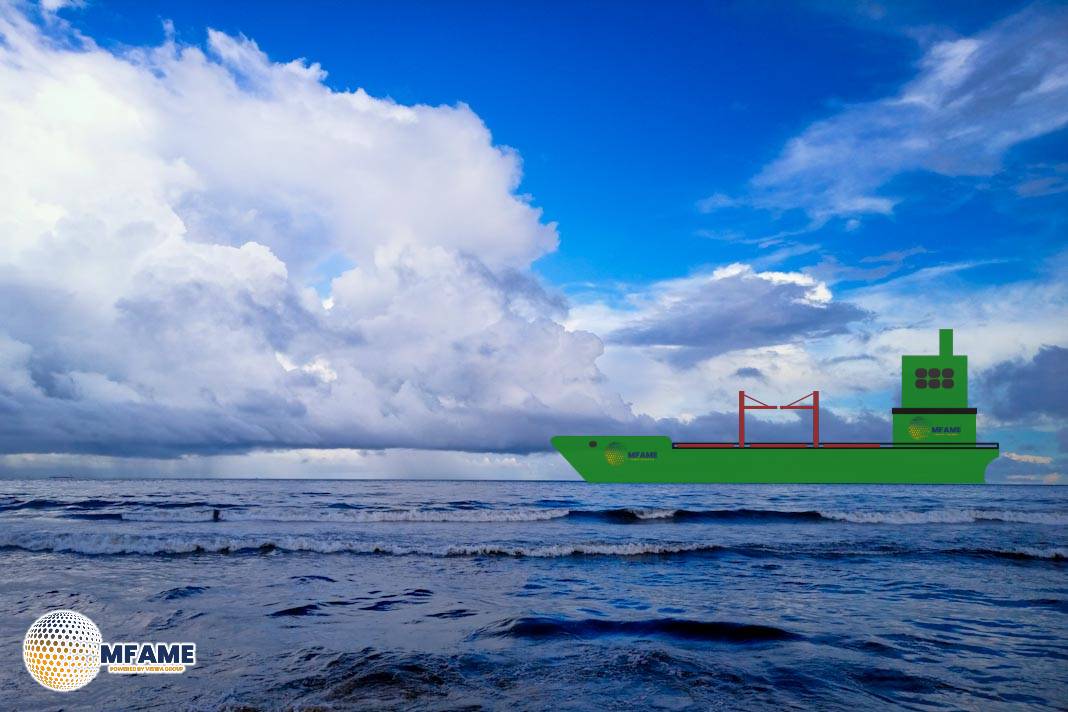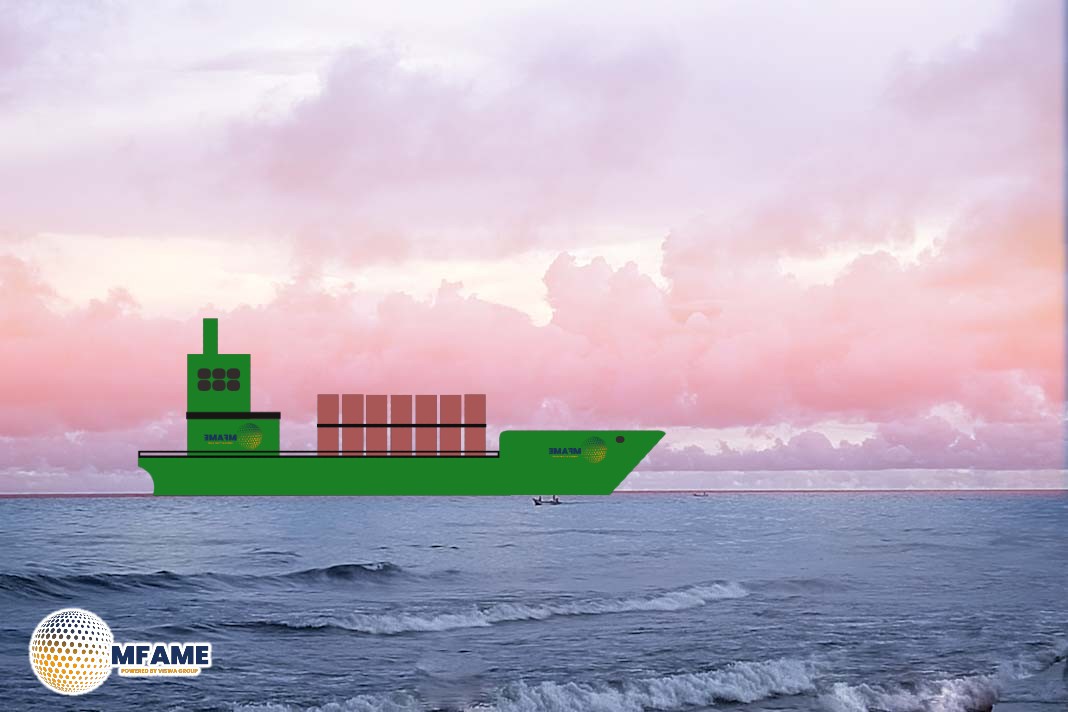- LNG Shipping Faces Uncertainty Amid Renewed US-China Trade Tensions.
- Tariffs Trigger LNG Trade Shifts, Shipping Rates at Risk.
- LNG Trade Recalibrates as US-China Conflict Escalates.
The revival of tariff tensions between China and the US is transforming global energy trade with the LNG market preparing for possible long-term disruption. Although the immediate effect on LNG shipping in 2025 is negligible, a prolonged trade war has the potential to fundamentally alter trade flows, impact shipping rates, and slow capacity upgrades, reports Drewry.
US-China Trade War Reignites, LNG Market Responds
The reimposition of steep US tariffs, and China’s 15% retaliatory duty on US LNG, has had ripple effects throughout the LNG supply chain. China has already suspended US LNG imports and rerouted cargoes to Europe, reversing traditional trade flows. This is also complemented by China’s rising domestic production, lower Q1 2025 imports (24% YoY down), and robust Russian gas flows through the Power of Siberia pipeline.
Short-Term LNG Trade Impact Expected to Be Limited
While tensions are high, the direct influence on LNG shipping in 2025 is estimated to be constrained. The US presently accounts for only about 5–6% of China’s LNG imports. This would amount to 5–6 million tonnes or 80–90 shipments, according to previous trends. With no new deals and with a weak economic recovery, China’s LNG import growth would be modest in the current year. But geopolitical events unfolding currently may hamper even this moderate trade flow.
Replacement of US LNG to Limit Shipping Demand
Should trade restrictions continue, China would most likely replace US LNG with imports from Qatar, Russia, and Australia. These substitutes entail shorter distances traveled, which would yield lower tonne-mile generation. Experts put the loss at a potential 45 billion tonne miles—some 45–50 LNG shipments—if US-China LNG trade falters. While partial rebalancing via higher US exports to other Asian nations is feasible, complete tonne-mile recovery is not possible shortly.
Europe Becomes a Gainer from Redirection of Trade
China’s redelivery of US LNG cargoes to Europe provides the continent with an unsuspected benefit. US LNG contract flexibility permits redirection to better-paying markets, where European buyers benefit from reduced prices. The trend might reverse as China’s seasonally high demand emerges and China’s restocking period ends, especially if the latter’s recovery is stronger later in the summer.
Strategic Impact Expected to Deepen in 2026
The greatest disruption can start in 2026 when massive US-China LNG deals go into effect. China has entered into 18 long-term agreements since 2021, representing 28 mtpa of supply commitment over 2040. If the trade gap persists, these volumes might switch to alternative markets, dampening the expected increase in LNG shipping demand and undermining the economic feasibility of future LNG terminals in the US.
China’s Reselling Strategy Creates New Questions
Though China might expand its participation in reselling American LNG to Europe, this might invite more stringent controls from sellers. As a non-conventional seller, China’s increased resale activity could be met with resistance, which may constrain its freedom to move within international LNG markets.
Tariff War Hangs Over US LNG Project Development
US LNG infrastructure would also be stretched. Inflationary pressure from trade tensions, though recent regulatory relief in the US, can influence funding and construction schedules. China’s halt of new US supply contracts since 2024 is compounded by investor wariness with uncertainty over future US leadership and global economic trends.
A Glimmer of Hope Beyond China
Though China’s withdrawal is a blow, the US might find alternatives with other markets. Europe, Taiwan, India, and South Korea are some of the countries that might fill the gap by signing long-term contracts, offering some relief to future US LNG projects. Nevertheless, increasing recessionary concerns might still erode overall investment and demand recovery.
Long-Term Implications for LNG Shipping
LNG shipping might experience several setbacks in the long term:
- Lower Tonne-Mile Demand: As China imports more LNG from regional nations, the decline in longer-distance US-China voyages will reduce aggregate tonne-mile generation.
- Lack of Offsets from Other Areas: Additions from Canada or Africa won’t be able to fully offset tonne-miles lost as a result of decreased US-China flows.
- Sluggish US-Asia Trade: Without strong US-China LNG activity, US-Asia shipping expansion will be restricted, particularly if Europe’s demand starts stabilizing.
- Rise in Russian Pipeline Gas: Expansion of projects like Power of Siberia 2 could further displace LNG demand, reducing shipping needs.
Rate Recovery Faces Delays
Though the ongoing trade war is not likely to crash LNG shipping rates directly, its sustained effect could enhance the current market decline. Any 2027–28 recovery estimates are now jeopardized by key drivers, including new liquefaction capacity, rising demand in Asia, and improved US-Asia trade, which are no longer so sure. Oversupply situations and postponed projects could keep prices depressed for longer than expected.
Did you subscribe to our daily Newsletter?
It’s Free Click here to Subscribe!
Source: Drewry


















